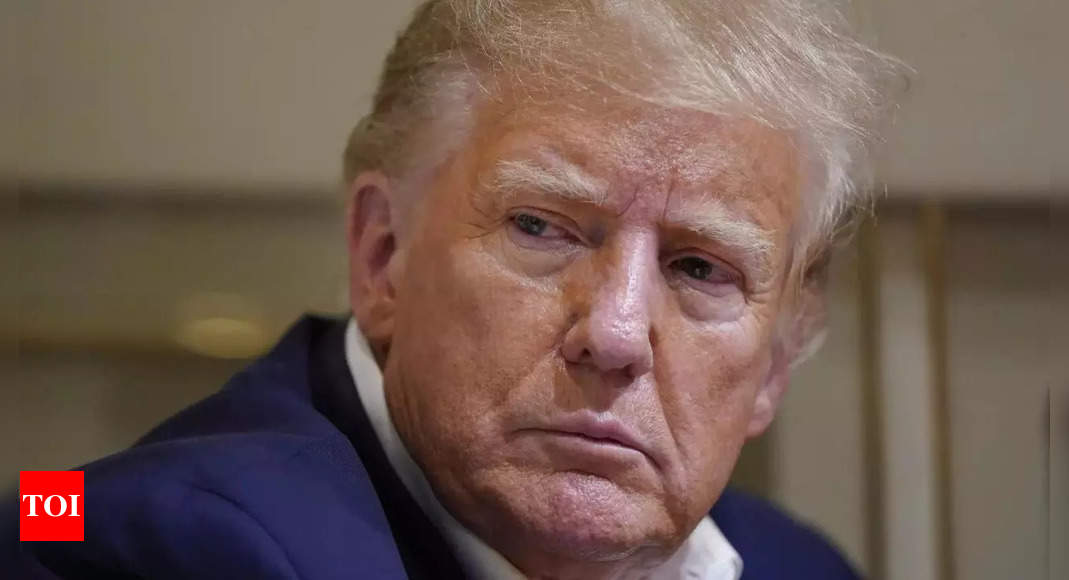Lawyers representing former President Donald Trump have requested a federal judge to indefinitely postpone his trial on charges of illegally retaining classified documents after he left office. In their written filing, submitted just 30 minutes before the deadline, the lawyers argue that the trial should not commence until all substantive motions in the case have been presented and decided. Judge Aileen Cannon, the Trump-appointed jurist overseeing the case, faces an important decision in responding to this request. If approved, the delay could potentially push the trial into the final stages of the presidential campaign or even beyond the 2024 election.
Timing is crucial in Trump’s case, as he is accused of unlawfully holding onto 31 classified documents after leaving the White House and obstructing the government’s attempts to retrieve them. The possibility of Trump being both a presidential candidate and a federal criminal defendant on trial simultaneously raises complications. If the trial is postponed until after the election and Trump emerges as the winner, he could potentially pardon himself after assuming office or have the matter dismissed by his attorney general.
The request for an open-ended delay to Trump’s trial, along with that of the co-defendant Walt Nauta, a personal aide, presents a significant dilemma for Judge Cannon. Trump’s lawyers argue that the delay is necessary to safeguard democracy. They highlight the unusual blend of law and politics in this case and insist that Trump’s status as a presidential candidate should be taken into account when determining the timing of the trial. The lawyers point out that Nauta’s job requires him to accompany Trump during campaign trips, making trial preparation challenging due to the need for extensive planning and time.
This request by Trump’s legal team sets the stage for a critical decision by Judge Cannon as she balances the interests of justice, politics, and the presidential campaign. The outcome will have far-reaching implications on the trial’s timing and potential resolution.











